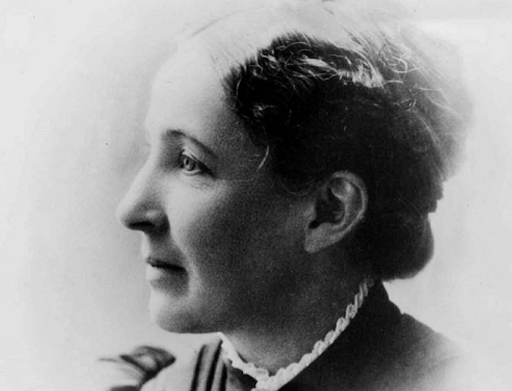My awareness of the sprinkler systems at Calvin drastically increased during my junior year, while I lived in Phi-Chi. My housemates and I kept our windows open at night so we could let the cool air circulate, in an effort to not just blast the AC all the time, but rather to save energy. But leaving the windows open meant that at 4 a.m., I would be awoken by the unmistakable sound of pressurized water exiting through nozzles and hitting anything in its path on a mission to hydrate grass. As I would experience later in the mornings, when I made my way from our apartment to class, “anything” included any bikes locked to the rack outside, the pavement of the path and, briefly, me. The routine of the sprinklers continued rain or shine, not deterred by anything.
Through continued observations of the sprinklers, my initial annoyance has shifted into confusion. Why are the sprinklers placed to spray non-grass areas? Why are there so many, to the point that if there is a patch just a few square-feet big, it is accompanied by a sprinkler? Why do they still need to be going off in the rain? Isn’t this a waste of water and energy and finances? Isn’t this unsustainable? Is there really not a better solution? The sprinklers are causing students’ bikes to rust and creating more runoff to carry pollutants into the watershed that some work so hard to protect. The spraying creates biological disturbances like scaring off wildlife with noise or weakening woody trees with constant moisture. And in some spots, cutting through adjacent lawns (ironically leading to dead patches of grass) becomes more pleasant than timing one’s walking to avoid being sprayed on the paved paths.
The answer to a lot of the questions in the previous paragraph probably has something to do with convenience in maintaining the appearance of all the lawns. That raises more questions in mind about the necessity and sustainability of the lawns themselves, which is a topic that deserves more time and space than can be offered in an op-ed. The root of the issue goes back to the extensive utilization of open grass lawns for landscaping on campus instead of more sustainable options, like incorporating clover and natural shade to retain water, or replacing unused lawn space with native grasses. Options such as these would allow the landscaping to be less reliant on the sprinkler system; as a bonus, they generally need less maintenance – such as mowing – overall. I hope that through sharing some of my ponderings about the sprinklers of Calvin as a student, others in the Calvin community will start to think further about the consequences posed by sprinklers and lawns as well as the possibility of introducing other, less wasteful options.




